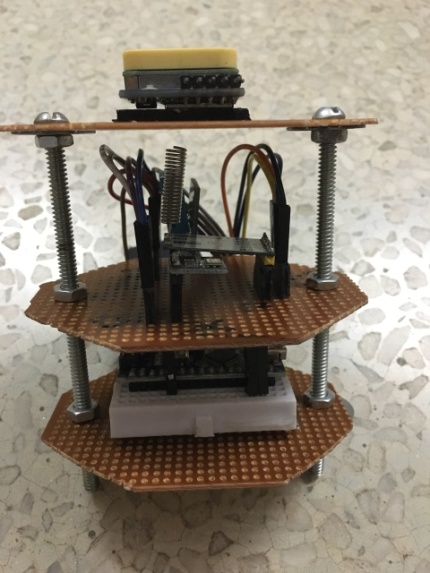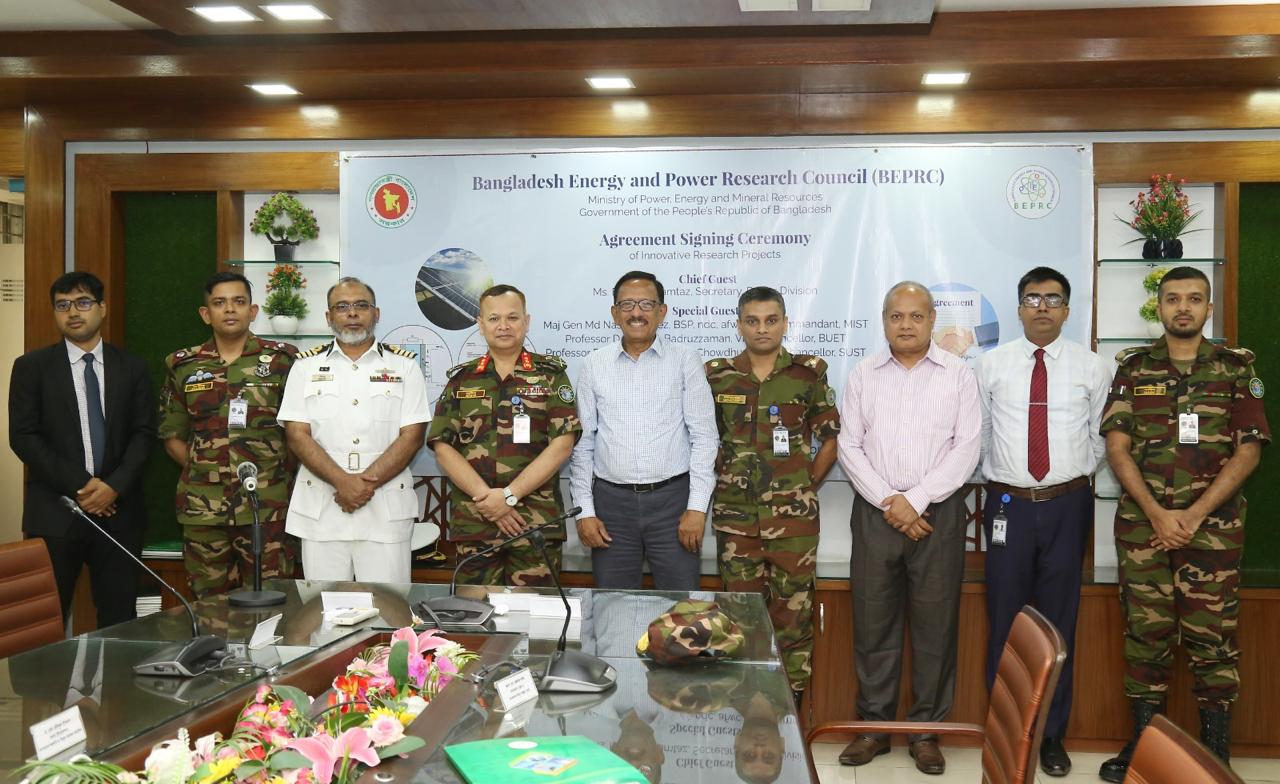Notable Projects from Project Lists
The following list contains the notable projects since 2021 which were supervised by faculties from EECE department of MIST.
CanSat

Satellite has become a fundamental contrivance for modern communication system. Most of the countries are proceeding towards launching their own satellite for a better navigation and communication purpose. So, it is essential for the students and researchers who aspire to contribute in this sector, to know how satellites are manufactured and operated in actual. The drawback is it is a costly affair and access is very limited. This limitation can be overcome by building a CanSat which consists of all the real systems of a space satellite. CanSat provides a wholesome knowledge about how a satellite performs in a real situation. A CanSat is a simulation of a real satellite, integrated within the volume and shape of a soft drink can. The challenge is to fit all the major subsystems found in a satellite, such as power, sensors and a communication system, into this small volume. Then it is deployed using a rocket or a drone from an altitude. By performing different types of tasks and facing various challenges, students can earn sufficient knowledge about a satellite which they can utilize in bigger satellite related projects. As a developing country like Bangladesh, a project on CanSat will surely boost curiosity in the mind of satellite research enthusiasts which will aid to develop the country in this new field.
Lighting Sensor
Department of EECE has hosted a sensor station of the Worldwide Lightning Location Network (www.wwlln.net) in Bangladesh In collaboration with the Department of Earth and Space Sciences, University of Washington. This is the only host station in Bangladesh contributing to the detection of lightning over the globe by WWLLN. With this station’s commissioning, we now have access to the global lightning data gathered by WWLLN. Prof. Dr. Md Golam Mostafa of the EECE Department is collaborating on a research agreement with Professor Emeritus Dr. Robert Holzworth of the University of Washington. Dr. Holzworth is also the director of WWLLN.
Project from BEPRC

On 29 September 2025, Bangladesh Energy and Power Research Council (BEPRC) hosted the contract signing ceremony for the transformative and visionary project titled “DEVELOPMENT OF AN ARTIFICIAL INTELLIGENCE ENABLED DIGITAL TWIN OF A SOLAR PHOTOVOLTAIC PLANT TO ENHANCE RENEWABLE PENETRATION IN POWER GRID OF BANGLADESH.”
An agreement was signed between the BEPRC and MIST through Major Shah Mohazzem Hossain, PhD, Signals, Instructor Class B, Department of EECE, MIST, who will serve as the Principal Investigator (PI) of this three-year research project with a total budget allocation of BDT 1.63 crore; the project team of EECE Dept includes Major Mohammad Naim Uddin, Signals, and Assistant Professor Md. Ahsan Kabir as Co-PIs, while Assistant Professor Hasan Monir will act as the Lead Research Engineer, collectively bringing together strong academic and technical expertise to ensure the project’s successful implementation and impactful outcomes.
The signing ceremony was graced by the Senior Secretary (Chairman-BEPRC), Secretary (Power Div), Commandant (MIST), Chairman (BPDB), Chairman (SREDA), Member (BEPRC & BERC), distinguished professors and researchers from BUET & SUST.
As a highlight of the event, Major Shah Mohazzem Hossain, PhD delivered an insightful presentation on an AI-enabled Digital Twin (DT) of a solar PV system. The proposed system will be able to monitor real-time output and perform energy generation forecasting of a solar plant using advanced machine learning techniques. This innovation is designed to address key challenges in solar energy integration into the national grid, including weather-dependent output, lack of real-time monitoring, and high computational demands of renewable system modeling. Overall, this research aims to strengthen existing grid resiliency, improve renewable integration, and accelerate Bangladesh’s clean energy transition.

